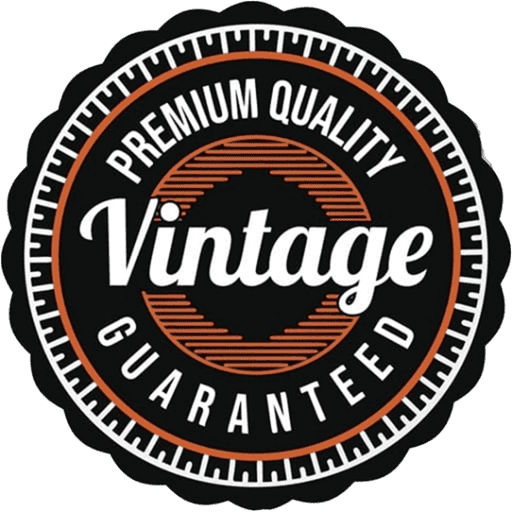If your goal is to classify a watch as vintage, a 30-year-old timepiece generally falls within the accepted range. Watches that have reached three decades of age typically carry enough history and character to be considered vintage by collectors and enthusiasts alike.
However, classification depends not only on age but also on brand, rarity, and historical significance. For example, certain brands like Rolex or Patek Philippe often have specific guidelines for what constitutes a vintage model, which can sometimes extend beyond a simple age criterion.
In terms of identifying a watch as vintage, examining design features and movement type helps reinforce its status. Watches from about 30 years ago often showcase distinct stylistic elements and manufacturing techniques that differ from modern models, making them desirable for collectors seeking authenticity and nostalgia.
What Are the Industry Standards for Vintage Watches and How Do They Define Age?
Industry standards typically classify watches as vintage when they are at least 20 to 30 years old. This timeframe reflects the period after which a watch gains historical and collectible significance. For example, watches produced before the 1990s often fall into this category, with some collectors extending the vintage designation to models from the 1980s or earlier.
Experts often rely on production years and model discontinuation dates to determine if a watch qualifies as vintage. The manufacture date, indicated by serial numbers or movement codes, plays a key role in establishing age. Watches produced within a specific era or manufacturing period are usually considered vintage if they show characteristics of design, technology, or craftsmanship from that time.
Ken specialists and auction houses typically consider watches as vintage if they are over 20 years old and retain original parts, including the dial, case, and movement. The condition and originality of components influence how the watch is classified within the vintage segment. While some standards are more flexible for collector’s items, generally, the 20-to-30-year rule remains the benchmark.
In practice, the vintage designation also depends on market perception and historical significance. Watches tied to specific events, models, or brands that define an era tend to meet industry standards more readily. Thus, a watch’s age, originality, and cultural importance collectively determine its vintage status according to industry guidelines.
How to Assess the Condition and Market Value of a 30-Year-Old Watch to Determine Its Vintage Status?
Start by thoroughly examining the watch’s exterior. Check for scratches, dents, or discoloration on the case, crystal, and bracelet. A well-preserved case and intact crystal suggest careful wear, which increases its desirability.
Evaluate the Movement and Functionality
Open the case back if possible or consult a professional to inspect the movement’s condition. A clean, rust-free movement indicates proper maintenance. Test the watch’s accuracy by comparing it against a time standard over 24 hours, noting deviations. Ensure all functions–like chronographs, date changers, or additional complications–operate smoothly.
Identify Authenticity and Original Parts
Verify serial and model numbers, which can usually be found engraved on the case back or inside the lugs. Cross-reference these with manufacturer records or trusted databases. Confirm that the dial, hands, crown, and bracelet are original; replacements or significant modifications diminish value.
Research the watch’s provenance, including original purchase papers, service records, or box. This documentation helps establish authenticity and can boost market value.
Compare similar models with similar condition in recent sales or listings on specialized auction sites, vintage watch marketplaces, and dealer inventories. Take note of factors like rarity, limited editions, or unique features that influence price.
Assess overall condition, factoring in originality, working order, and visual appeal. A well-preserved, authentic, and fully functional piece with comprehensive documentation will typically command higher prices and qualify as genuinely vintage.
